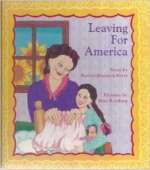
The author recalls her early years in a small Jewish town in western Russia and the last days there as she and her mother prepare to join her father in the United States.

The author recalls her early years in a small Jewish town in western Russia and the last days there as she and her mother prepare to join her father in the United States.
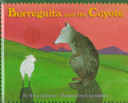
A little lamb uses her clever wiles to keep a coyote from eating her up.
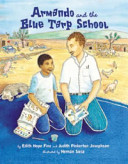
Armando and his father are trash-pickers in Tijuana, Mexico, but when Senor David brings his “school”–a blue tarp set down near the garbage dump–to their neighborhood, Armando’s father decides that he must attend classes and learn. Based on a true story.
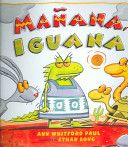
Iguana, Conejo, Tortuga, and Culebra are excited about having a spring party, but only Iguana is willing to do any of the work. Includes a glossary of Spanish words used.
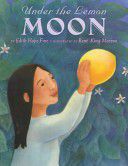
The theft of all the lemons from her lemon tree leads Rosalinda to an encounter with la Anciana, the Old One, who walks the Mexican countryside helping things grow, and to an understanding of generosity and forgiveness.
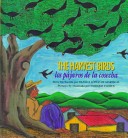
A young man realizes his dream by listening to the voice of nature.
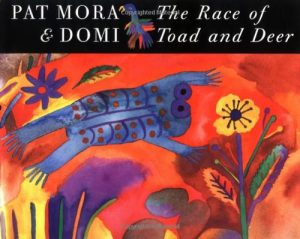 In this second book by the Latina pair, Pat Mora has created a poetic adaptation of the Maya version of the much-loved fable of the tortoise and the hare. The arrogant deer who boasts of his strength and speed is finally challenged to a race by the wily toad. While all the wondrous animals of the jungle – jaguar, tapir, armadillo and toucan – gathered around to watch, the toad makes a plan. He may not be as large as Venado, but he is very clever and has many friends to help him.
In this second book by the Latina pair, Pat Mora has created a poetic adaptation of the Maya version of the much-loved fable of the tortoise and the hare. The arrogant deer who boasts of his strength and speed is finally challenged to a race by the wily toad. While all the wondrous animals of the jungle – jaguar, tapir, armadillo and toucan – gathered around to watch, the toad makes a plan. He may not be as large as Venado, but he is very clever and has many friends to help him.
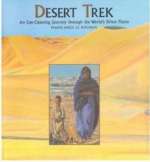
Take an exotic journey from the American Mojave to the vast Sahara to the high-mountain Gobi and experience the hidden treasures that deserts hold. The people that live there, the plants and animals that thrive, and the riches that lie beneath the ground all contribute to the unique ecosystem that set deserts apart from the rest of the world-seemingly mysterious environments that play a role in the life-cycle of every continent.
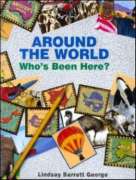
Follow Miss Lewis as she circumnavigates the globe aboard the ship Explorer and reports her experiences in photographs, sketches, and letters sent back to her students at home.